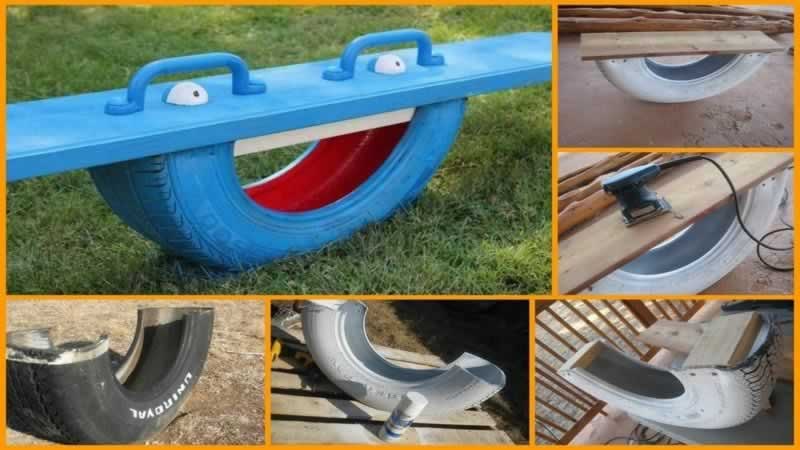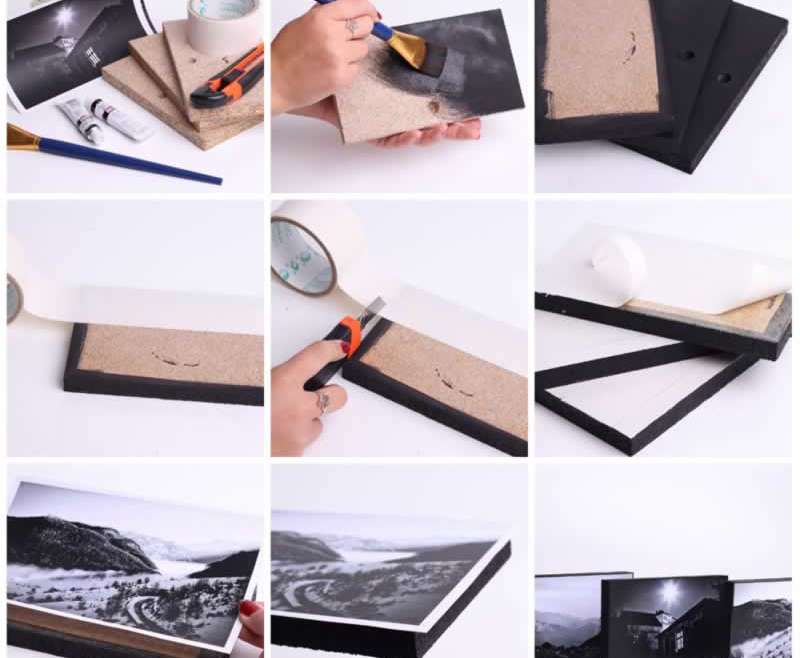Do-it-yourself projects are very popular worldwide. Many people may not find what they really want in the market, so they choose to do it themselves. Such projects are a great way to express your personal style and skills. They also allow you to be more creative. This creativity and skills are best shared with others who can learn from you. You can do this by creating a post that others can read, follow, and finish a project yourself. Writing a DIY blog post needs to be done properly if you want to involve others and ensure that they benefit from your content.
Here are some tips to use when writing your DIY post.
Find a project
As a creative person, you need to keep an eye on many projects. Select a project that appeals to your target audience and arrange all the elements you need for the project. You can also choose a project that someone else has done, but that doesn't cause a lot of traffic because people like to see something new. If you run out of ideas, you can go through various pages and websites related to what you want to do, or go for a walk while engaging with nature. Maybe you will only find inspiration and create a project.
Create an outline
Before you write your contribution, create an outline that will help you write your contribution. Creating an outline is one of the most important tips for creating a post. The outline can have the main theme. It should be something that shows that the post is a guide. Add the words "How To" so that the reader knows that this is a guide. You can also insert the subheadings. This will tell you at what point you need to take photos
make photos
One of the essential things in DIY posts is photos. Many people rely on the photos to compare with their project to see if they are doing the right thing. Take photos from the beginning of the project to the end. You don't have to take a picture of every step. Determine the relevant parts for which you need photos. Make sure your pictures are high quality. An image of the final product is important so that your audience can see what to expect when they have completed the project while following your instructions through the post.

Write relevant information
Before you write a do-it-yourself post, write an outline that tells you what information to include. Start with a background about the project and what inspired you to participate. Be short, since most readers who visit DIY blogs are more interested in the process than in the background. Use bullets or any number system when writing the step-by-step process to make it easier for readers to follow the steps. For many DIY blog authors, their explanation of the process determines whether the reader continues with a project or not. The clearer and simpler you are, the higher the chances that the reader will complete the project. Provide information about the materials used, their costs and where they are available either online or in physical stores.
Credit from all involved
Give credit where it is due during your contribution. If you've been inspired by someone, tag them or share their page. You can also credit those who helped you make the project a success. You can also mark the stores where you received your supplies. Most do it themselves Blogs do this to support others.
Label your social media pages
You put so much effort into finding a DIY project, writing your post, and getting the right pictures for the post. You definitely want as many people as possible to see it. Raise your profile by posting a link to the article on your social media pages and asking those who read the article and tried to tag and share it.
Conclusion
Writing a good DIY post takes time, effort, and research. After finding a project that you want to share, write an outline that will guide you through the writing of the article. The outline should include headings, subheadings, and the steps you want to include in the post. The steps should be clearly written in point form so that they are easy to follow. High quality and relevant photos should be taken and used in the article to give readers something to refer to when they are doing the project themselves. Recognize those who have helped you and provide posts on social media to reach a wider audience.
About the author:
This entry was written by Jeff Blaylock, who is a professional writer. He is a DIY enthusiast who likes to participate in DIY. Jeff has participated in many projects and shared these projects including their bottom line through blog posts.




